Sketchnoting
Please note that the content of this page was taken from the Spark Creativity blog written by Betsy Potash. Any first person pronouns refer to the author.
What Are Sketchnotes?
Sketchnotes are like one-pagers that you create on the fly, making your choices rapidly as you process information and get what really matters down onto your notes through a combination of pictures and words.
In a nutshell, sketchnoting is a powerful way of taking notes in which the listener processes the information while putting it on the page. Some things are bigger, some things are smaller. Some things are bolder, some things are brighter. Some things that don’t feel important just don’t make the cut. Drawings and experiments with different fonts, arrows, bubbles, icons, and more help to make the important information noticeable and memorable.
The great thing about sketchnoting is that it involves two important sides of the sketchnoter: thinking/processing AND writing/creating.
Often in school, there is a heavy focus on the verbal and the written. But according to the dual coding theory, our brain has two ways of processing, the visual and the verbal. The combination of the two leads to the most powerful results. Students will retain information so much more effectively when they have used both parts of themselves to process what they have learned.
Sketchnoting is a powerful and positive redirect for doodlers, and a fresh way to engage for every student, whether or not they enjoy drawing.
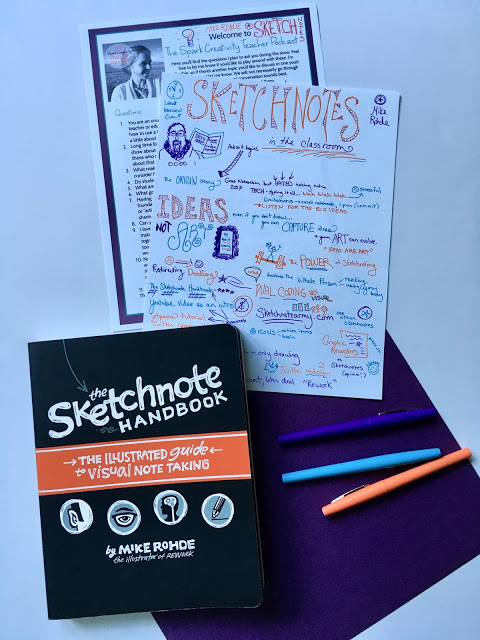
Potash, Betsy. “046: Sketchnotes are Awesome, with Mike Rohde” Spark Creativity, 22 August 2018, http://www.nowsparkcreativity.com/2018/ 08/046-sketchnotes-are-awesome-with-mike.html _____________________________________________ Potash, Betsy. “The Ultimate Guide to Sketchnotes in the Classroom” Spark Creativity, 2 November 2017, http://www.nowsparkcreativity.com/2017/ 11/the-ultimate-guide-to-sketchnotes-in.html _____________________________________________ Potash, Betsy. “10 Creative Ways to Use Sketchnotes in Your Classroom” We Are Teachers, 18 October 2017, https://www.weareteachers.com/use-sketchnotes-in-the-classroom/
Examples of Sketchnotes
Before we dive in, let’s look at just a few examples of sketchnotes in education that the creater of Sketchnotes, Mike Rohde, was kind enough to share. It helps to see this work in action so you know what the end goal is as you begin to experiment with sketchnotes.
Take the case of Allison Huang, a middle school student who read Mike’s book on sketchnoting and began experimenting in various mediums with creating sketchnotes for her history and science classes, eventually working her way into producing amazing sketchnotes on blank paper and digitally. You can read her story here, and see an example of her work below.
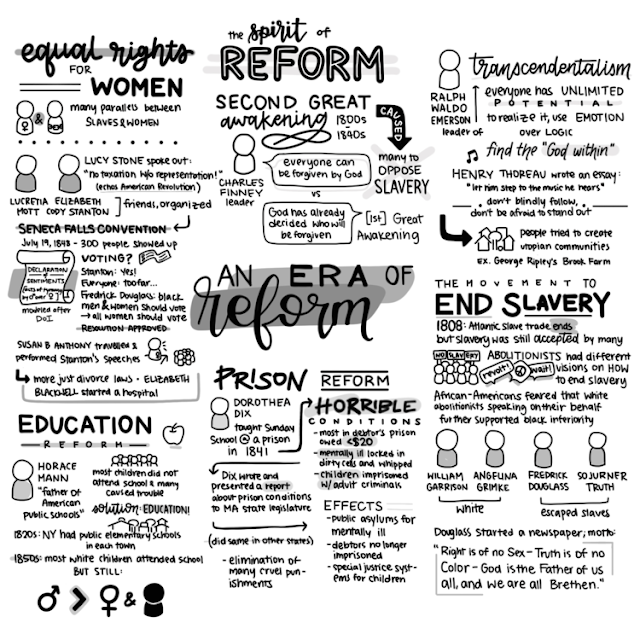
Then there’s the story of educator Stewart Hudnall, who decided to sketchnote his own lecture on the board while inviting students to do the same. (That’s right, you can share YOUR sketchnotes with your students too!). Says Stewart, “I tried this on my two rowdiest classes and it was wonderful to see how the kids reacted to the change. All of a sudden they quieted down and were paying attention. They loved it!”
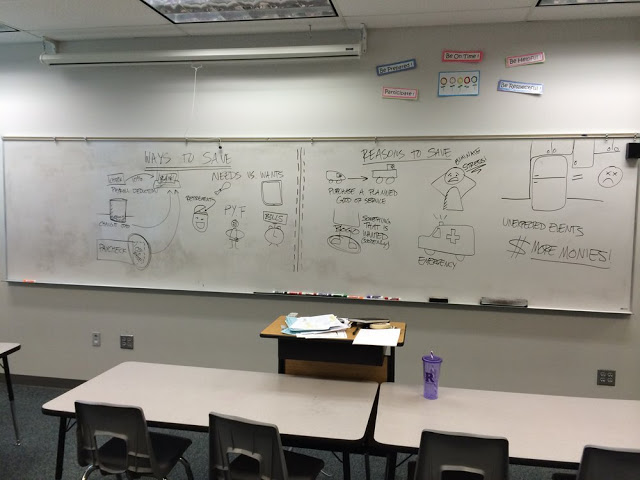
History teacher Brent Pillsburg has adapted sketchnotes as a way to review each chapter of the history textbook (again, making this sketchnoting assignment a lot like one-pagers). You can see an array of amazing work by his students right here.
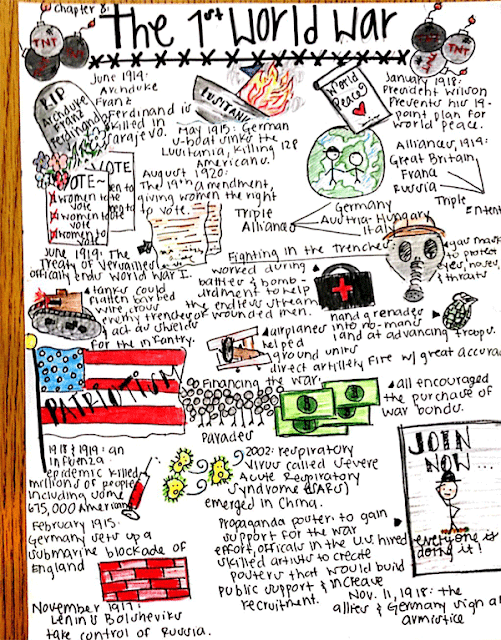
Ideas, Not Art
The goal of sketchnotes is simply to capture ideas in an interesting way. There is no need to get hung up on drawing skills. Those can develop later if you get into sketchnoting and you WANT to develop those skills.
So comfort yourself and your students that this is not a drawing competition. It’s a way to actively engage with listening and process information far more effectively than routine note taking.
Try to think of drawing as a simple practice of putting elements together – the square, the circle, the triangle, the line and the dot.
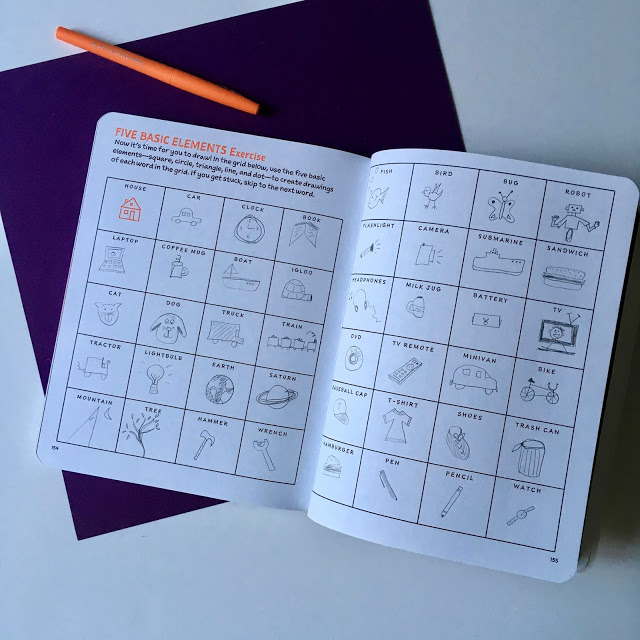
How to Get Started with Sketchnotes
It doesn’t have to be complicated!
- Spend a half hour watching Mike’s intro video and drawing treehouses with your students (the project at the end of the video).
- After introducing the concept, ask students to sketchnote a Ted Talk you are watching for class.
- Invite students to sketchnote one class lecture, just to see if they like what it adds to their experience. When they take their notes, instead of writing drab bullet point after drab bullet point, they will spread ideas across the page, emphasizing key points with bold lettering, connecting thoughts with arrows and lines, adding containers like bubbles and shapes around key ideas, bringing the information to life with related sketches and symbols.
- Share some examples of sketchnotes, then invite students to use sketchnotes to gather their ideas before writing a paper or taking a test.
If you’re feeling a bit nervous, or you think your students might be intimidated at the prospect of sketchnoting, spend a minute with this video download the sketchnotes templates below to help you get started.
